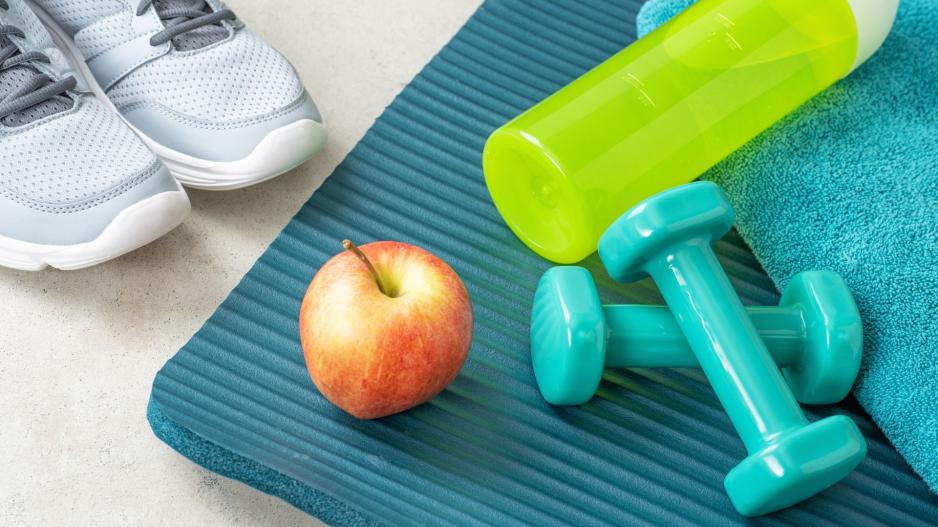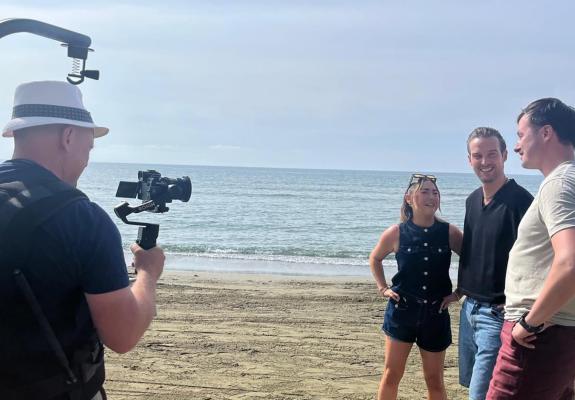The Anti-Aging Workout
How Exercise Slows Cellular Aging
In the quest for longevity and vitality, exercise is one of our most powerful and dedicated allies. According to recent studies the impact of physical activity on cellular aging, cannot be overstated. Consistent movement not only enhances physical fitness but also improves cellular health. As scientists continue to explore the mechanisms behind aging, it becomes increasingly clear that exercise is paramount to our efforts to slow down the biological clock.
The main culprit behind aging is none other than cellular deterioration; an effect driven by factors like oxidative stress, inflammation, and the gradual shortening of telomeres—the protective caps at the ends of our chromosomes. Telomeres naturally shorten as we age, but sedentary lifestyles can accelerate this process. However, studies have shown that regular exercise can mitigate telomere shortening to an extent, helping maintain cellular integrity.
Studies have also shown that intense physical activity increases the production of antioxidants, reduces inflammation, and enhances DNA repair mechanisms. These physiological changes not only preserve cellular function but also reduce the risk of age-related diseases, including cardiovascular issues, diabetes, and cognitive decline.
While any form of exercise provides certain benefits, some types are particularly effective at promoting cellular longevity:
-
Aerobic Activities: Running, swimming, and cycling boost cardiovascular health, reduce oxidative stress, and enhance mitochondrial function.
-
Strength Training: Building muscle mass through weightlifting or resistance training helps regulate glucose metabolism and supports hormonal balance.
-
High-Intensity Interval Training (HIIT): Alternating short bursts of intense activity with periods of rest has been linked to improved telomere length and increased endurance.
-
Flexibility and Balance Exercises: Practices like yoga and tai chi improve circulation and support joint health, indirectly contributing to cellular vitality.
The World Health Organization recommends at least 150 minutes of moderate aerobic activity or 75 minutes of vigorous activity per week, combined with muscle-strengthening exercises twice a week. This balanced approach not only supports cardiovascular health but also contributes to maintaining youthful cellular function.
While this is its main purpose, physical activity exceeds the limitations of simply staying fit—it’s a holistic practice that fosters mental well-being and emotional resilience. Exercise triggers the release of endorphins, reduces stress, and improves sleep quality—all factors that indirectly support healthy aging.
Athletes and fitness enthusiasts serve as prime examples of how maintaining a consistent exercising routine can keep both your mind and body youthful. From seasoned marathon runners or an experienced yoga instructor still maintaining their flexibility in spite of their advanced age, such stories highlight the transformative power regular exercise holds.
As research into exercise and cellular aging advances, Cyprus is uniquely positioned to embrace the future of anti-aging fitness through personalized, tech-integrated approaches. Local wellness clinics like Swissmed Health in Limassol now offer genetic testing that informs tailored fitness plans addressing predispositions to age-related conditions such as muscle loss or cardiovascular decline.
As research into the relationship between exercise and cellular aging advances, personalized fitness regimens will keep emerging, targeting individual genetic predispositions and lifestyle factors. The integration of wearable technology and data-driven insights is expected to revolutionize the way we approach exercise as a tool for longevity.
Ultimately, consistency and variety are key to benefitting from exercise as an anti-aging strategy. By incorporating a blend of aerobic, strength, flexibility, and balance exercises into our routines, we not only enhance our physical health but also significantly boost our cellular resilience. In doing so, we embrace a proactive approach to aging—one that empowers us to remain vibrant and active well into later years.
In an era where people are increasingly seeking ways to extend their quality of life, the anti-aging workout stands out as a scientifically backed, accessible, and holistic path toward longevity. As more people embrace this active lifestyle, they’re not just adding years to their lives—they’re adding life to their years.






